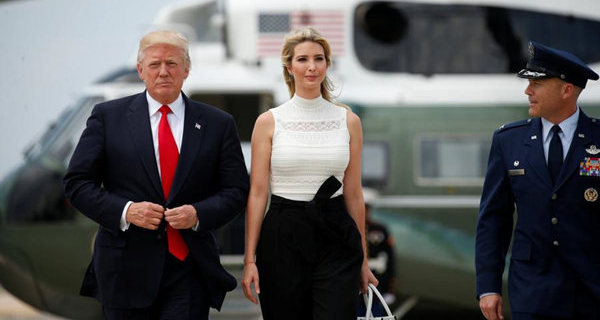Private investment growth may slow
Investable assets in China's private wealth market will continue to grow this year, but the annual growth rate will be lower, an industry report said.
Investable assets of private investors are expected to reach 188 trillion yuan ($27.5 trillion) this year from 165 trillion yuan last year, according to the 2017 China Private Wealth Report released by Bain & Company and China Merchants Bank.
The expected growth rate of 14 percent would be lower than the average 21 percent growth seen from 2014 to 2016.
The report predicts that the number of high net worth individuals or HNWIs-those who own investable assets of over 10 million yuan-in China will climb to 1.87 million this year, up 18 percent from 1.58 million in 2016.
HNWIs' investable assets will be worth 58 trillion yuan, up 19 percent from the 2016 level.
So, HNWIs would likely own nearly 31 percent of total investable assets this year.
Liu Xin, a senior member of Bain, said investment in real estate seems to have a big impact on the slowing growth rate.
So does the tightening regulation and oversight of investment products, including property, wealth management and insurance products.
China's private wealth as at 2016-end has grown six times the level ten years back, reflecting tremendous potential, Bain said.
"This year's results are fascinating as they show the continued and immense surge of wealth creation in China that has continued to flourish from a decade ago. It represents an entirely new frontier with abundant opportunities and challenges for financial services providers," said Jennifer Zeng, a partner at Bain and co-author of the report.
HNWIs with overseas allocation formed 19 percent of those surveyed in 2011. That figure will likely rise to 56 percent this year. But the overall percentage of assets owned overseas has leveled off, according to the report.
Meanwhile, domestic investment has gained popularity among the newly rich, with a 35 percent growth rate, contributed by new investment areas such as private funds, asset management products and financial technology or fintech.
Chinese millionaires are becoming open-minded and intending to diversify their preferences in terms of locations and currencies, said the report.
With more investors allocating their assets overseas despite cultural and language barriers, Chinese banks are increasing their overseas branches to meet the demand for private banking and wealth management products.
Central and West China areas, especially those actively involved in the Belt and Road Initiative, have witnessed sharp increase in the number of HNWIs.
The leading provinces and municipalities are Guangdong, Shanghai, Beijing, Jiangsu and Zhejiang, each with over 100,000 HNWIs, but inland provinces such as Sichuan and Hubei are picking up.









